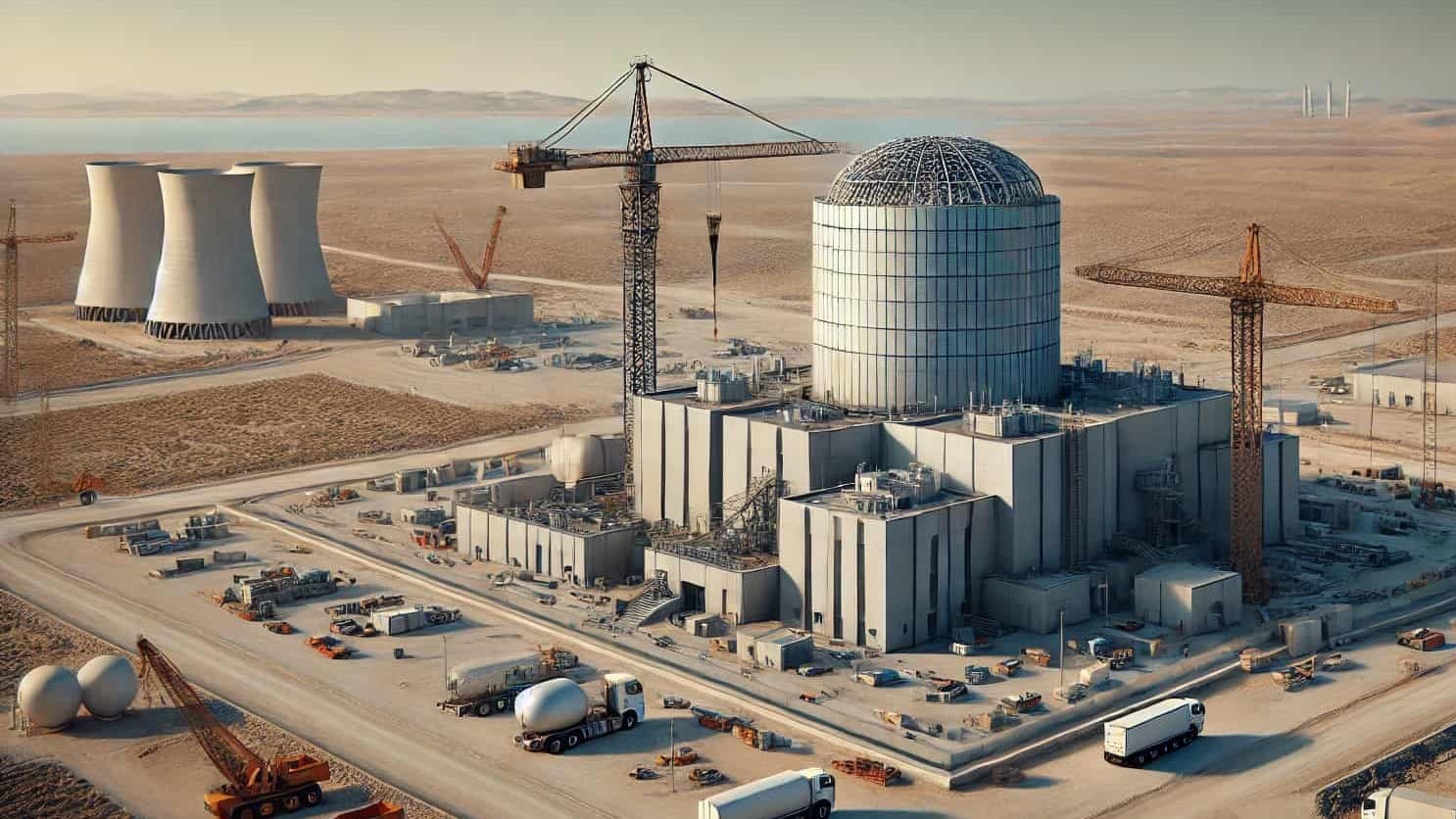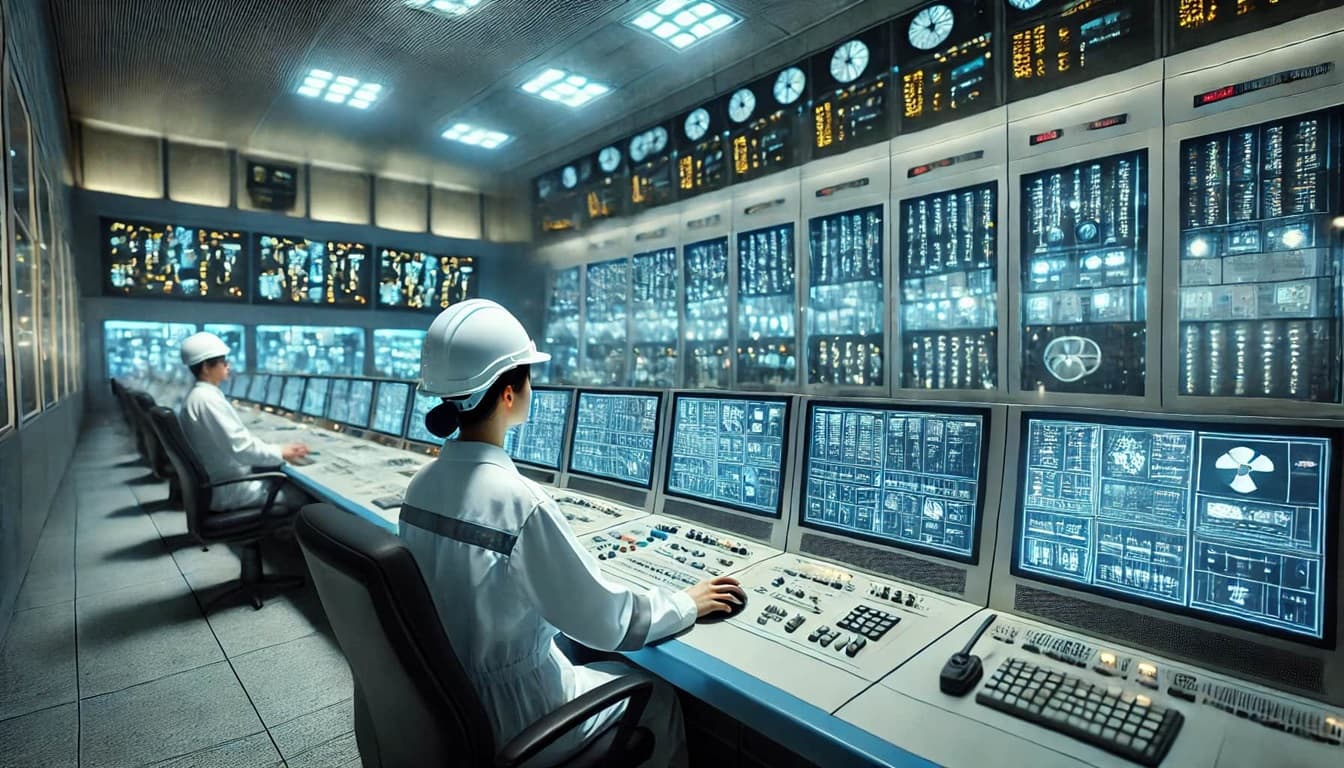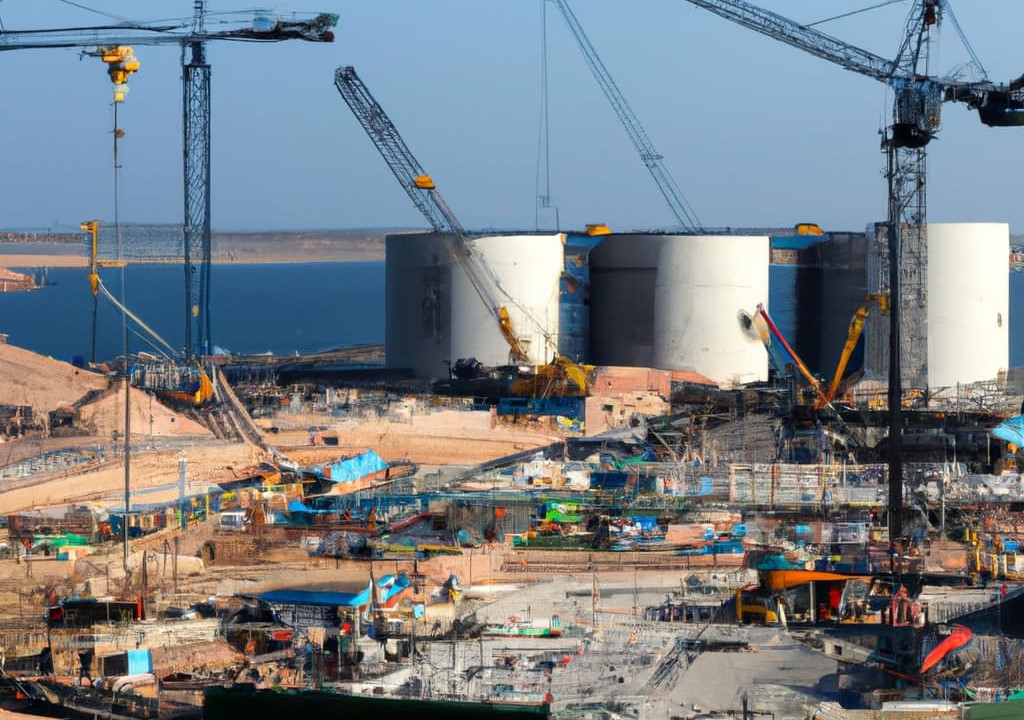Small Modular Reactors: A Mandate to the UK's Clean Energy Future
With the growing urgency for clean energy solutions, nuclear presents an enticing opportunity for the United Kingdom to revolutionise its energy infrastructure. The Small Modular Reactors (SMRs) are promising avenue for the UK's nuclear energy future, offering potential solutions to some of the challenges faced by conventional nuclear power plants. As the UK aims to quadruple its nuclear capacity from 6 GW to 24 GW by 2050 in helping to meet NetZero goal, the SMRs are poised to play a significant role in achieving this ambitious target. As advanced nuclear technology gains traction globally, an understanding the challenges, financing options, current technological benefits, and public perception is crucial for navigating SMRs' potential introduction to the UK market.
Design and Technologies
The SMRs are advanced nuclear reactors that are substantially smaller than conventional nuclear reactors, with a power capacity of in the region of 300 MW per unit, except a big SMR design from Rolls-Royce at 470MW. The SMRs' primary technological characteristics include passive safety measures and simplified designs, improved load-following capability, and smaller environmental and physical footprint. Furthermore, the SMRs can be built to run on a variety of fuels, such as enriched uranium and thorium, giving fuel supply flexibility. Compared to conventional large-scale nuclear power plants, the SMRs are compact nuclear reactors that are intended to be safer, more adaptable, and simpler to install. They can be produced in factories and delivered to the installation location. The modular scalability enables quicker construction timelines and lower prices. Due to this merit, the leading AI companies have decided to invest more than millions dollars in supporting the expansion of their data centres beyond 2030, powered by clean energy.

However, their development faces technical, engineering and manufacturing hurdles. Developing compact yet highly efficient nuclear reactors presents intricate engineering challenges. While nuclear technology has a proven track record in terms of safety, the SMRs introduce new design features and operational concepts that need to be thoroughly tested and validated. The miniaturisation of reactors also presents challenges in terms of heat removal and containment, as well as the integration of advanced control and monitoring systems. Another technical challenge is the development of fuel cycles for SMRs. The choice of fuel type, enrichment levels, and reprocessing methods will have a significant impact on the performance, safety, and cost of SMRs, especially regarding safety mechanisms and high-efficiency fuel use. Additionally, the development of advanced materials that can withstand the harsh radiation environment and high temperatures of nuclear reactors is crucial for the long-term operation of SMRs.
Challenges for Development and Deployment of SMRs in the UK
Public acceptance and perception
While the technical aspects are vital, public perception plays a critical role. Public acceptance of nuclear power has been a long-standing issue in the UK. The concerns about nuclear accidents, radiation exposure, proliferation, and waste disposal have contributed to a negative perception of nuclear power among some segments of the population. SMRs face similar challenges in terms of public acceptance. The novelty of SMRs may increase public scepticism and uncertainty, as people may be unfamiliar with their design and operation. Additionally, concerns about the long-term storage and disposal of nuclear waste remain a major obstacle to the acceptance of nuclear power.
To address these issues, it is essential to engage the public in an open and transparent dialogue about the benefits and risks of SMRs. This includes providing accurate information about the safety, environmental impact, and economic benefits of SMRs, as well as addressing concerns and misconceptions about nuclear power. The government and project operators should establish a dedicated information release platform and regularly publish detailed information about small nuclear reactor projects. This information includes project planning, construction progress, safety assessment reports, and environmental impact evaluations. It also can be done, through official social media accounts and other channels, publish popular science articles and videos related to SMRs. In addition, it can build nuclear energy popular science venues and set up display contents such as physical models of small nuclear reactors and simulation operating systems in the venues, or regularly hold nuclear energy technology festivals and science exhibitions to demystify the misconceptions about SMR.

Regulatory and licensing
The UK has a complicated and strict nuclear power regulation structure. Numerous safety, environmental, and security standards will need to be followed by SMRs developers. This entails fulfilling the requirements of the nuclear safety rules of the UK as well as internationally recognised safety rules such like from IAEA, and acquiring licenses from the Office for Nuclear Regulation (ONR). Since regulators must evaluate the unique design elements and operational principles of SMRs, the regulatory procedure for these facilities may be more drawn out and resource-intensive than that of conventional nuclear power plants. Furthermore, in certain regions, the absence of a particular legislative framework for SMRs could lead to ambiguities and hold up the development and implementation process. Establishing strong safety regulations and expediting licensing procedures are still top priorities in order to avoid administrative bottlenecks.
Infrastructure-related challenges
The deployment of SMRs will require significant infrastructure investments. This includes the construction of new power plants, transmission lines, and cooling systems. The availability of suitable sites for SMRs is also a challenge, as they need to be located in areas with access to water, transportation, and grid connections.
Furthermore, the integration of SMRs into the existing energy infrastructure will require innovation in grid systems and power distribution, careful planning and coordination. This includes ensuring compatibility with the grid, managing power fluctuations, and addressing issues related to backup power and grid stability.
Supply chain development
To set up reliable supply chains for SMR construction and operation is essential. Building the supply chain will require significant investment and coordination among various stakeholders. It involves ensuring availability of new fuels, specialised components, skilled labour, the capabilities for factory fabrication and building adaptable facilities capable of supporting SMR deployment. We are grateful for the Nuclear AMRC’s ‘Fit 4 Nuclear’, a nuclear supply chain development model, which had qualified more than 100 UK-based manufacturing and service suppliers, meeting the standards and criteria required to serve the nuclear industry, including SMRs programme. But there are still a lot more to be done to grow the UK supply chain portfolio for SMRs as well as nuclear new build.

Future Outlook
The future of SMRs in the UK looks promising but requires concerted effort from government, industry, and stakeholders to overcome challenges and realise their potential. The UK government's commitment to deploying a First-of-a-Kind SMR by the early 2030s signals strong support for the technology. The key factors that will influence the success of SMRs in the UK include:
- Continued government support and clear policy frameworks
- Successful demonstration of cost-competitiveness and safety
- Development of a robust domestic supply chain
- International collaboration to create a global market for SMRs
- Effective public engagement and communication
The Low-Cost Nuclear Challenge, led by Rolls-Royce, aims to develop a UK-designed and manufactured SMR capable of producing cost-effective electricity. The consortium believes that a UK SMR programme can support up to 40,000 jobs at its peak, with each SMR capable of powering 450,000 homes. Great British Nuclear, sponsored by the Department for Energy Security and Net Zero, delivers the government’s long-term nuclear programme, setting SMRs as first priority. It helps the nuclear industry in the UK by offering more chances for investment and construction. These efforts could booster the deployment planning of SMRs
Conclusions
The small modular reactors represent a pivotal step towards sustainable energy solutions in the UK, with the potential to blend technological innovation and environmental stewardship. Overcoming challenges through strategic financing, addressing regulatory, supply chain and infrastructural hurdles, and altering public perception are crucial pathways to unlocking SMRs' full potential. As the country moves forward with its SMR plans, balancing technological innovation, economic considerations, and public engagement will be crucial for success. The SMRs is a pertinent element in achieving a low-carbon and sustainable energy future for the UK.

Back




